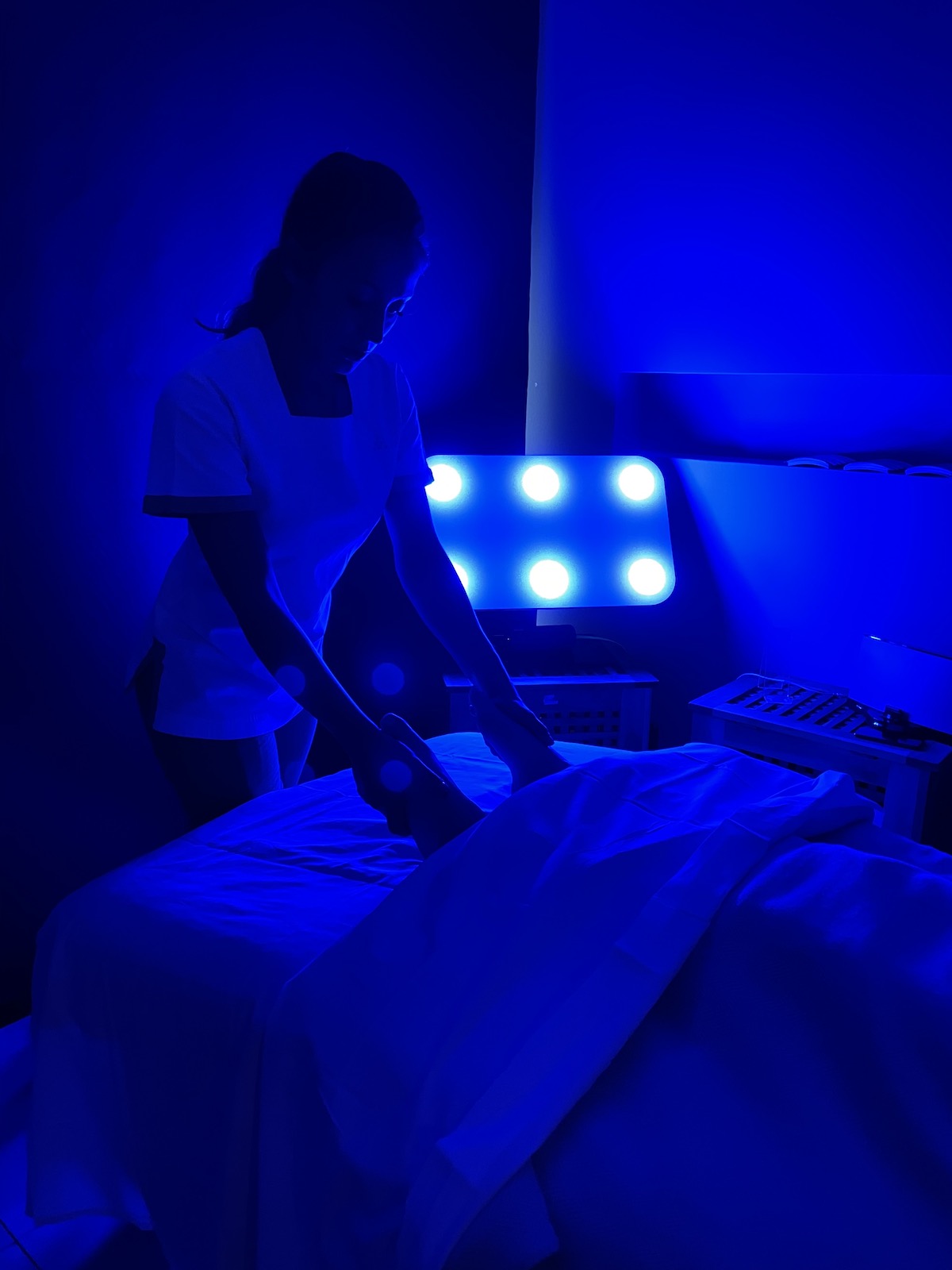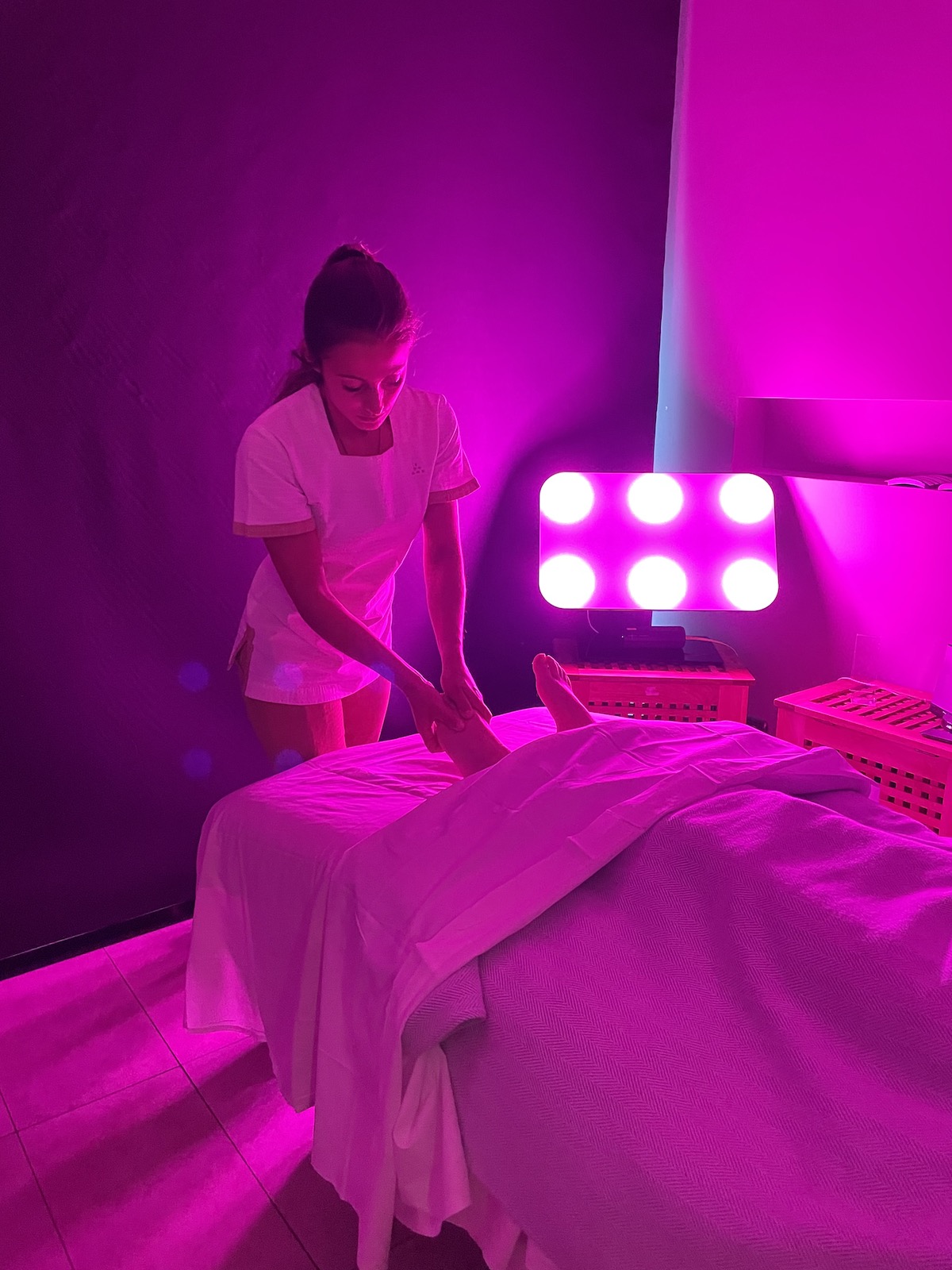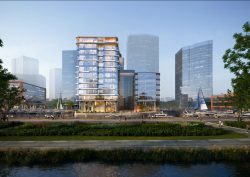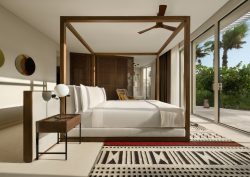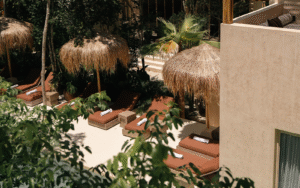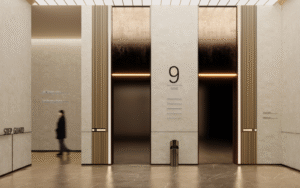We are only just scratching the surface of understanding sensory design’s role in fuelling the next chapter in hotel design and hospitality, as Editor Hamish Kilburn learns following a transformative nature- and colour-inspired visit to Six Senses Douro Valley…
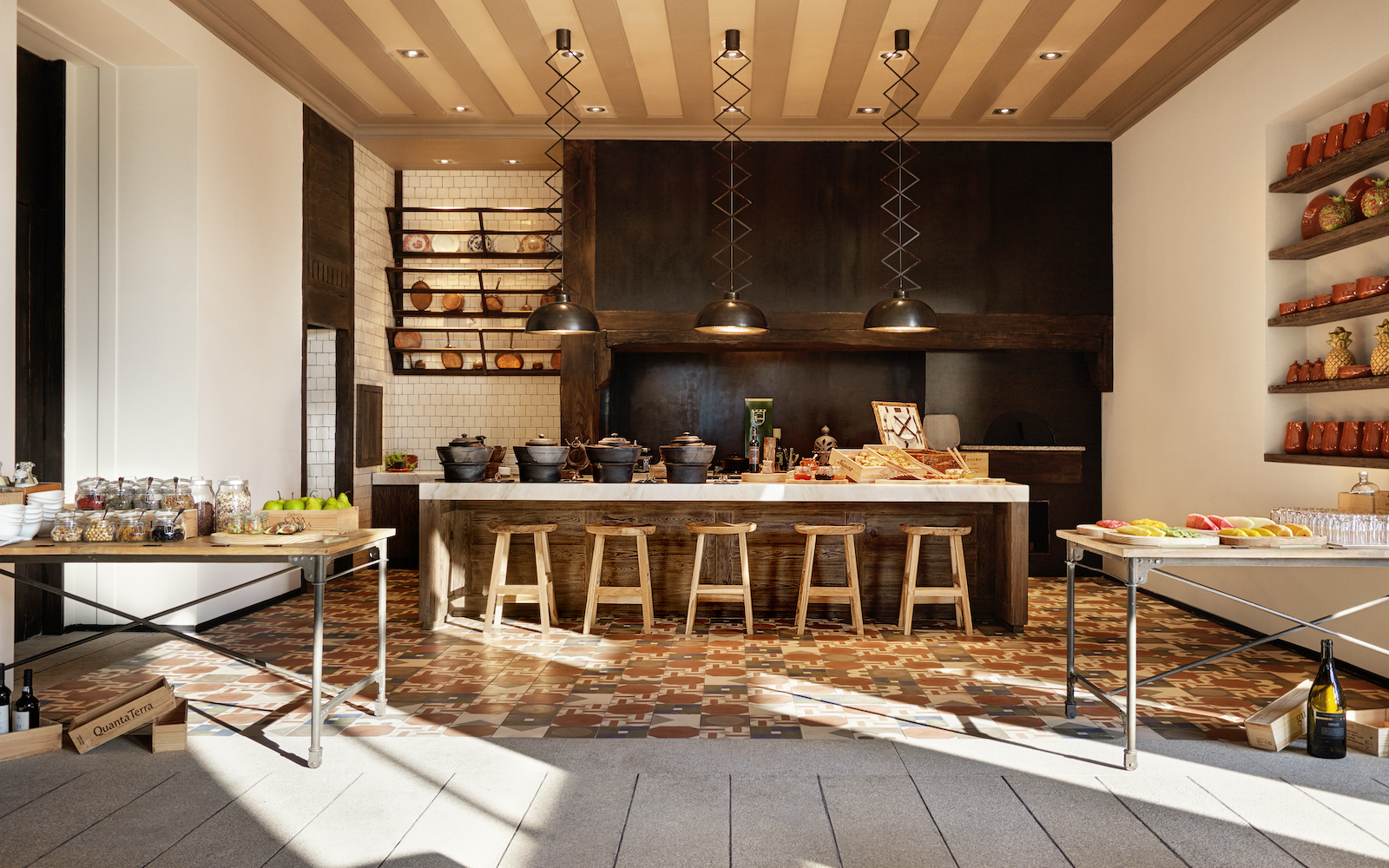
For years, designers, architects and hospitality businesses have seen (and used) colour to create profound design schemes that challenge conventional approaches, inject purposeful sense of place and improve – even influence – the overall wellness experience in hotels around the globe.
In 2022, with design trends emerging left, right and centre, the impact contrasting tones can have on consumers is undisputed, but the science behind how and why different colours make us feel is a whole new conversation – one that, to even start to understand, required a collaborative effort. My journey to explore sensory design in hospitality took me to the heart of Portugal’s Douro Valley, a UNESCO World Heritage Site, which is the oldest wine-producing region in the world.
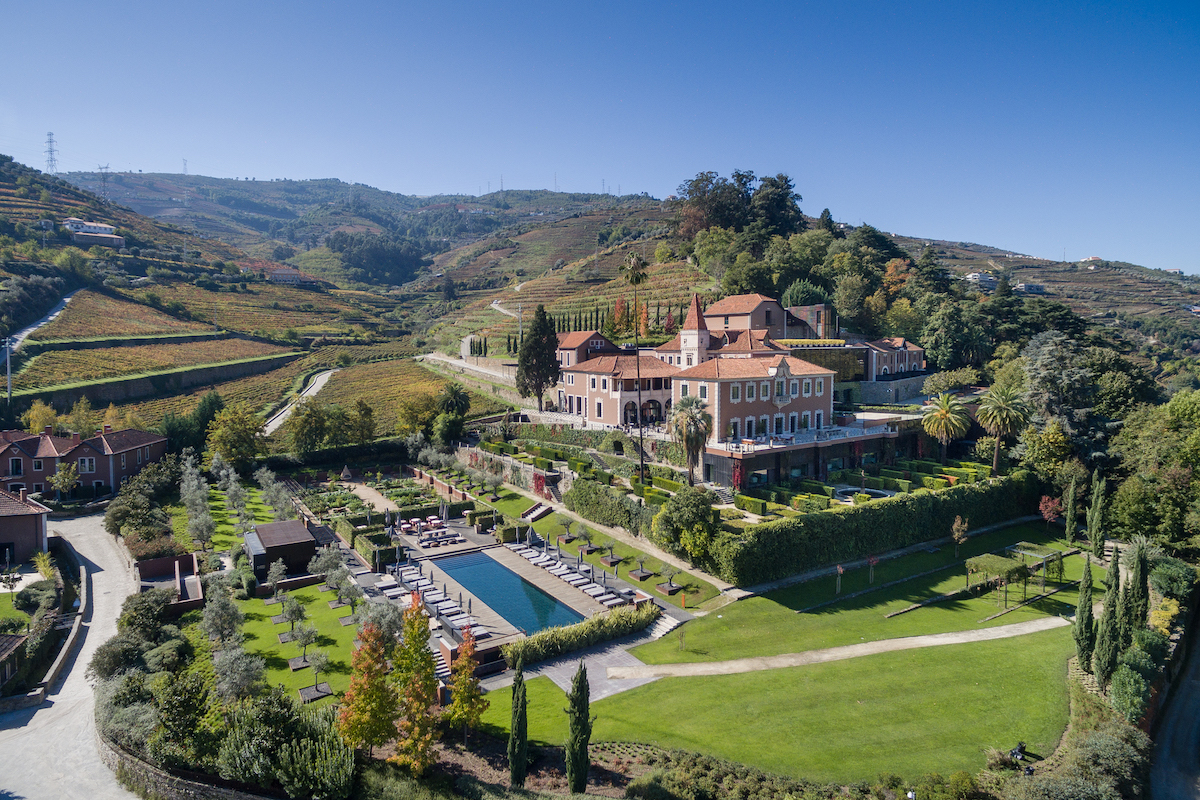
Image credit: Six Senses Hotels & Resorts
Six Senses Douro Valley, set across 22 acres and surrounded by five hectares of forest, is a hotel that embodies its location, through aesthetic and service. Designed by New York-based Clodagh Design, with an intuitive design scheme that was both a nod to the past and a glance towards the future, the hotel first opened in 2015, and it has been reinventing itself ever since while helping to lead the luxury and wellbeing hospitality forward.
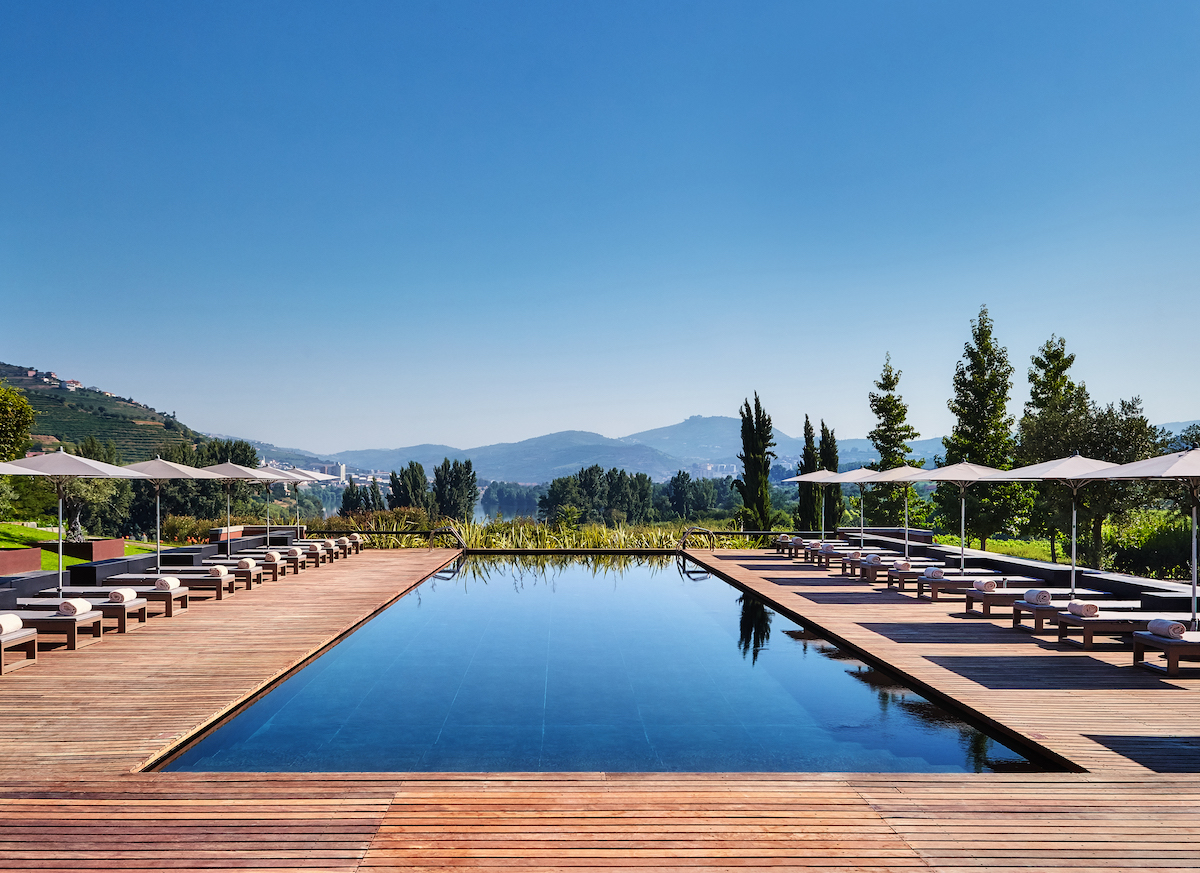
Image credit: Six Senses Hotels & Resorts
The property shelters award-winning spa and wellness facilities, complete with 10 treatment rooms, a heated indoor pool with water jets – and has become renowned for its locally inspired therapies. For many reasons, including its stunning location, effortless style – not to mention its immeasurable dedication to sustainability with features such as an in-house Earth Lab and its own Alchemy Bar – it is the perfect setting to lead new, research-based holistic healing initiatives that connect the guests back to nature.
Its recent wellness and chromotherapy offering, though, takes even this forward-thinking hotel into unchartered waters. Having recently partnered with wellness and colour consultancy mycoocoon, as well as several sensory design, sound and meditation experts, Six Senses Douro Valley has experimented in using colour as a tool to help guests lower their heartbeat and ultimately recharge. As well as colour-healing technologies being used in and around the 2,200-square-metre spa, the hotel has also utilised the science of chromotherapy throughout the property, and has even created a new F&B concept in the process, which stimulates all senses.

Image credit: Six Senses Hotels & Resorts
To understand the significance of this collaboration, one must first understand the hotel’s timeless design. The arrival experience sets a tranquil tone. After following a cobbled road down into the valley, the understated hotel emerges in between vineyards and perched on a hilltop overlooking the magnificent Douro River. The entrance is strong and majestic – think more ancient temple than luxury hotel.

Image credit: Six Senses Hotels & Resorts
The lobby inside, which unconventionally sits on the top floor, shelters a minimalist look and feel and is paired with a design scheme that deliberately connects guests with nature with details, such as a large check-in desk with a wooden base and a balcony, framed by a glass door, that encourages guests to look over the forest and river.
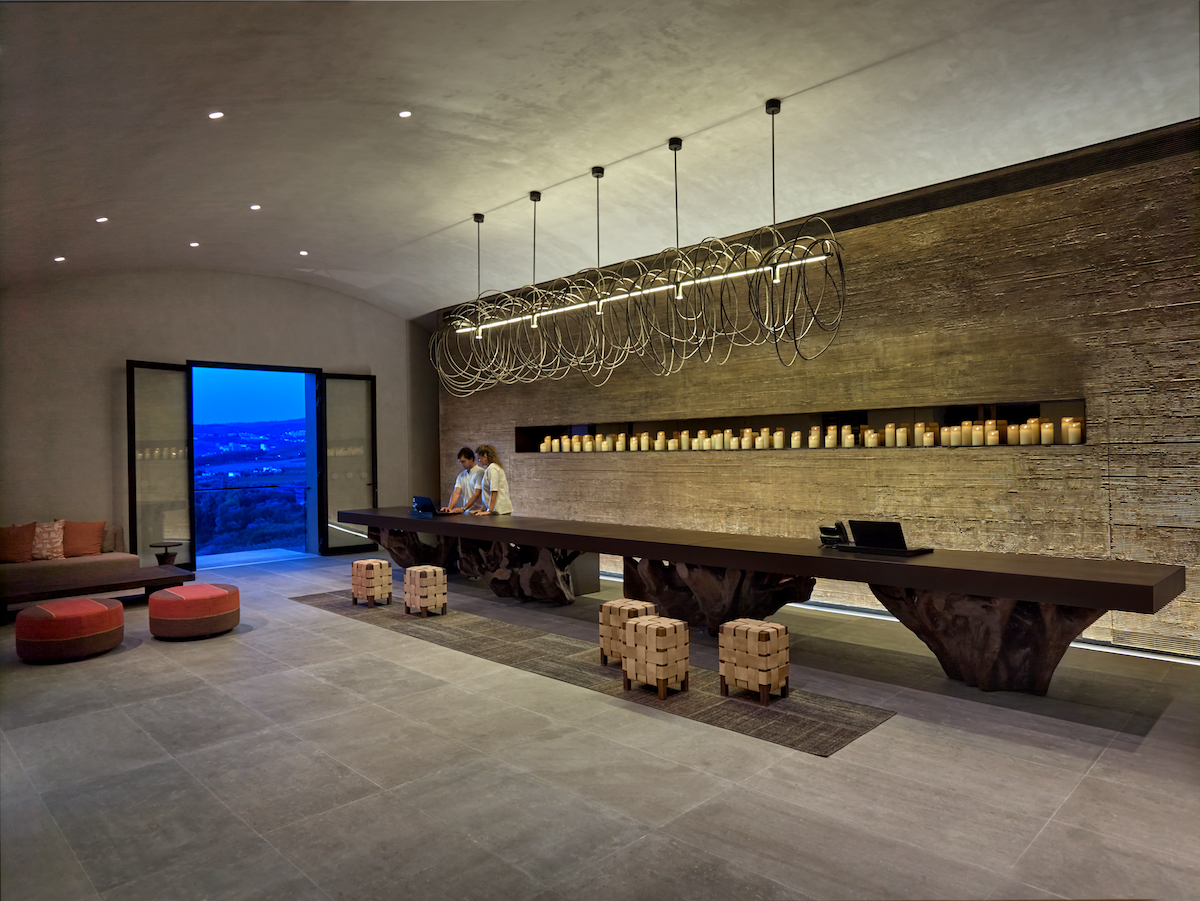
Image credit: Six Senses Hotels & Resorts
As you journey around – from public areas to guestrooms – the feeling of decompression is inescapable, as the glass lift submerges guests from vistas of the river to what feels like going underground. The wide corridors, with green-toned carpets and carved out feature walls, have subtle references to nature. At each end, design elements, such as hanging armchairs and floor-to-ceiling windows that frame views of the river from a different perspective provide a welcome break-out space.

Image credit: Six Senses Hotels & Resorts
Meanwhile, the guestrooms and suites, large and blended into the original architecture of the property, feature pure lines and delicate lighting, and have been designed to evoke a sense of calm and stillness.
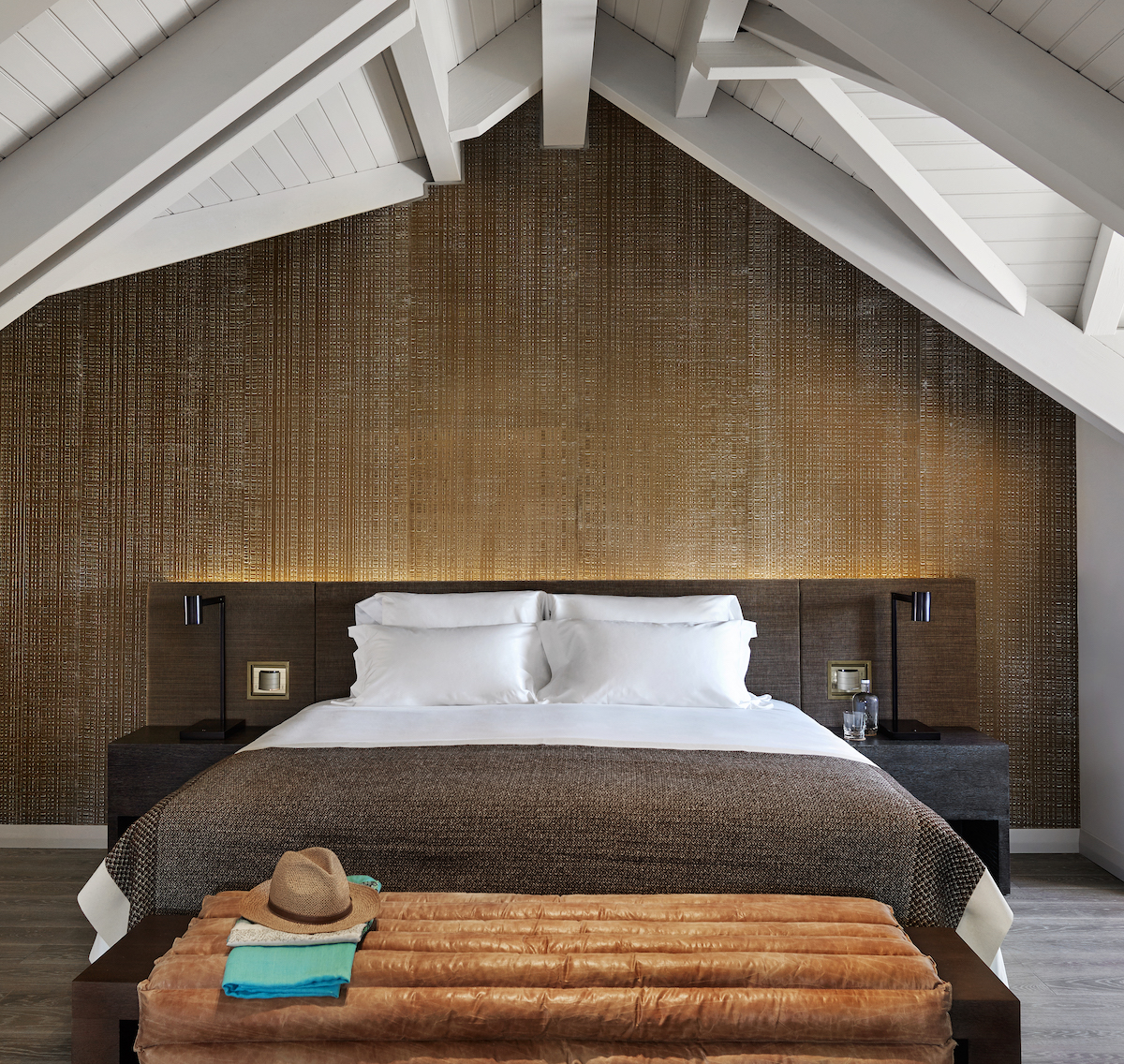
Image credit: Six Senses Hotels & Resorts
A soft, earthy design scheme that includes a cohesive language between bedroom and bathroom, contributes to a serene atmosphere, complimented postcard-perfectly with unmatched views over vineyards and the River Douro from the terraces or from the numerous panoramic windows.
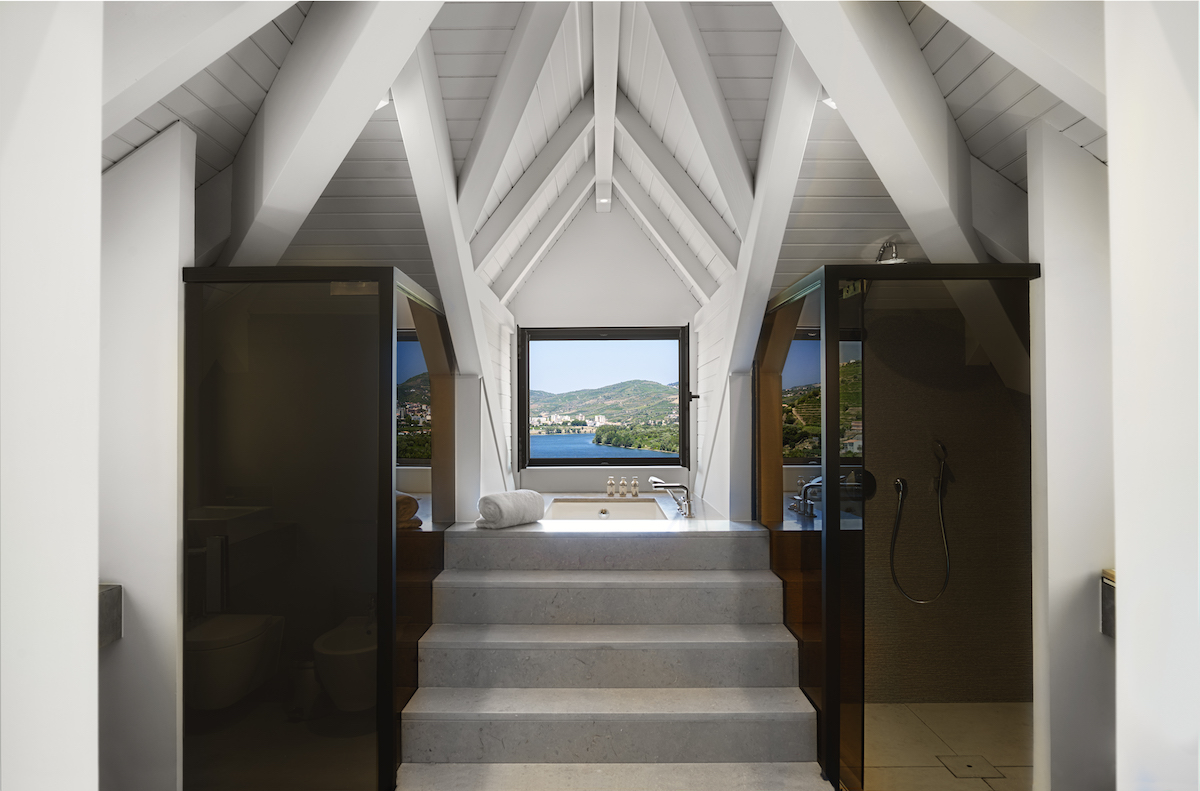
Image credit: Six Senses Hotels & Resorts
Shortly after checking in, it felt like an appropriate time to partake in my first colour wellness experience. I was invited to a private 20-minute-long meditation session, which was referred to as a ‘colour bath’, a light and sound video projection installation that creates a meditative space for the viewer.
The session started with a ‘colour test’, an interactive evaluation process that identified which colour the guest was feeling (ultramarine blue was my mood). “Colour is deeply personal and perceptual,” said Ari Peralta, the sensory designer for MyCoocoon. “Due to jet lag from travel and/or over/underexposure to any given colour can lead guests to experience sensory overload. That’s why we developed a simple test designed to discover users’ subconscious need of light.” Sure enough, in just a few taps on a tablet device, users can identify their colour mood and embrace a moment of stillness.
“Colour is this computation that our brains make that enables us to extract meaning from the world.” – Ari Peralta, Sensory Designer, Mycoocoon.
Once the immersive experience began, for the first time that day I was able to stop, fully disconnect, and release unwelcome tension to allow light and sound to guide me inwards. After just a few minutes, I felt my shoulders slacken as my body and mind embarked on the wellbeing journey. “Colour is this computation that our brains make that enables us to extract meaning from the world,” Peralta explained. “The fact that colour judgments are constrained because most humans have similar visual systems is what makes it possible for colour to be a useful metric in science.”
Did you know that…
- Colours directly target the Autonomic Nervous System (ANS) that functions and operates under involuntarily and subconscious control?
- Colour can elicit memories and influence other senses, that go on to activate our emotional responses?
- According to research, we are often deprived or overexposed to certain wavelengths (Colours)?
- Specific Colour Combinations can induce specific psychological responses?
In addition to the meditation session, mycoocoon also installed a dome-like structure on the terrace, which became a popular ‘colour cloud’. Guests were able to, at their own leisure and after taking colour tests to make the experience that bit more personal, sit and unwind inside the cloud-like bubble with music curated by sound expert, Riccardo Tuis.
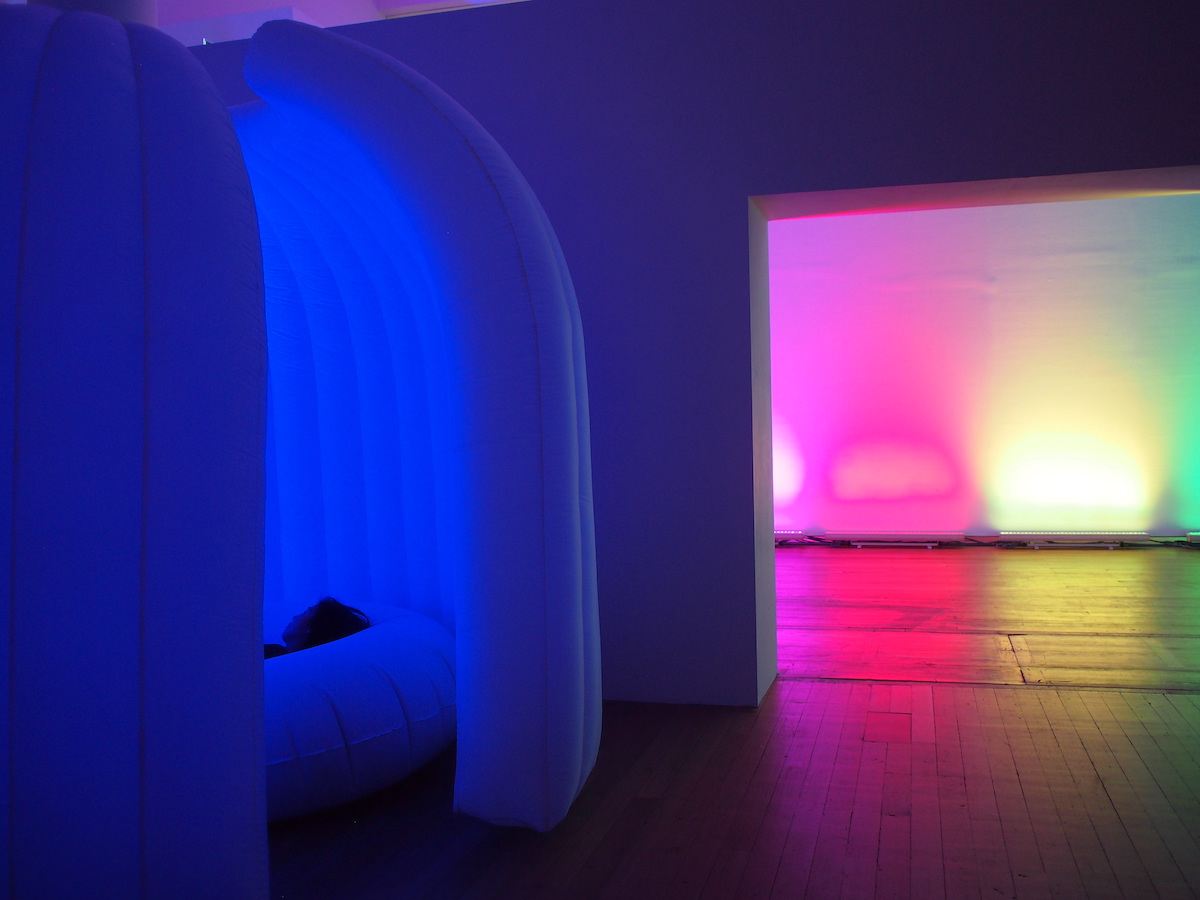
Image caption: The colour cloud was a space where guests could go to recharge and relax. | Image credit: mycoocoon
In the spa, meanwhile, the team adopted the technology, which was overall curated by Peralta, Valerie Corcias and Dominique Kelly, to offer personal treatments, with the aim to enhance the hotel’s already award-winning, innovative therapies. “We use specific combinations of colours to elicit different types of behavioural responses such as sleep, focus and creativity,” Peralta added. “Our software makes it easy for guests to meditate, and our algorithm learns guest preferences over time, creating a sensory profile that can personalise future wellness communications, room settings and suggested programmes.”
Although the overall experience was powerful, there was nothing quite like the ‘chromo experience menu’; a five-course meal that was designed to take guests on a sensory experience over dinner, with each course celebrating a different colour and energy.
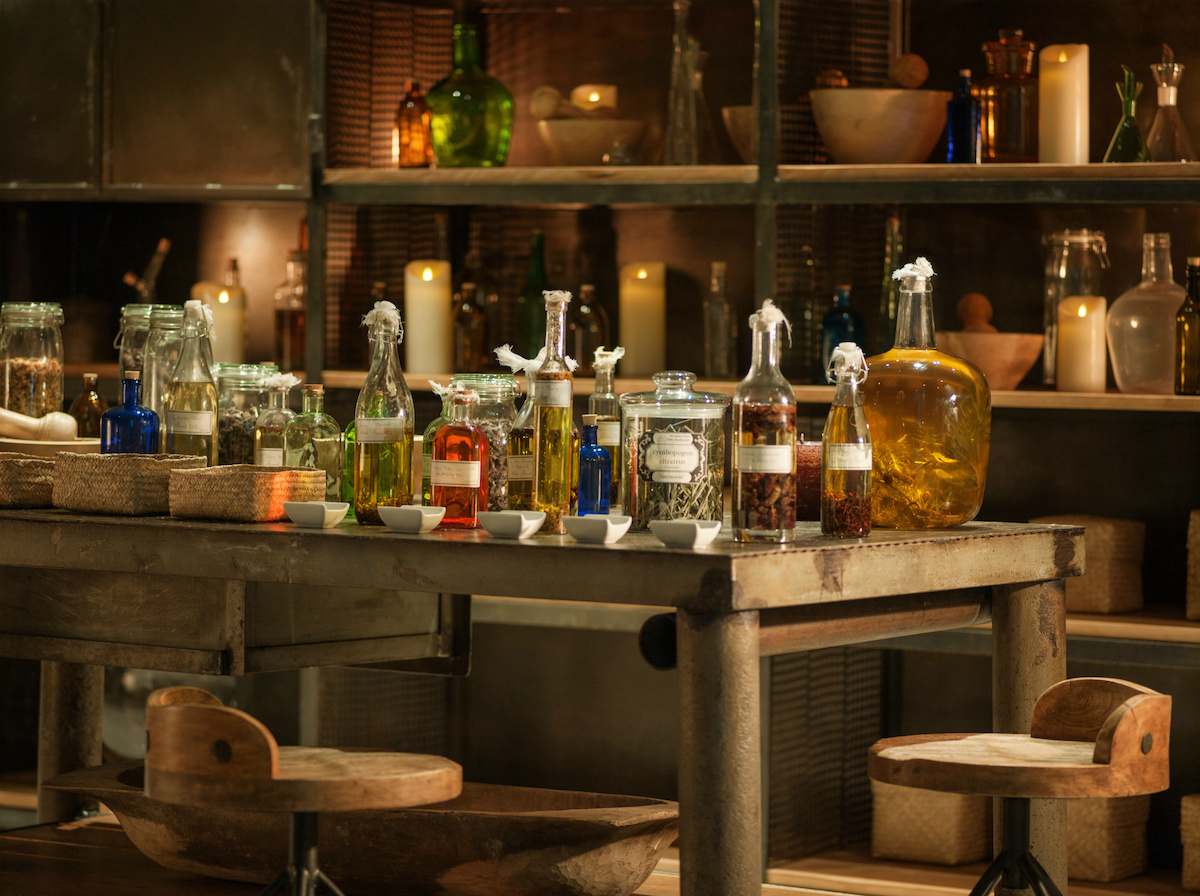
Image credit: Six Senses Hotels & Resorts
The brand, Six Senses Hotels & Resorts, is known for redefining luxury through its creative and sustainable approach to F&B. The non-pretentious, organic and locally sourced attitude that is sheltered in each of its hotels encourages guests to gather around an open kitchen and celebrate the flavours of local ingredients, paired with the world’s finest wines. Its reputation for impeccable hospitality is incontestable. So when mycoocoon suggested to add a new layer to this already perfectly balanced F&B concept, the team had to tread sensitively.
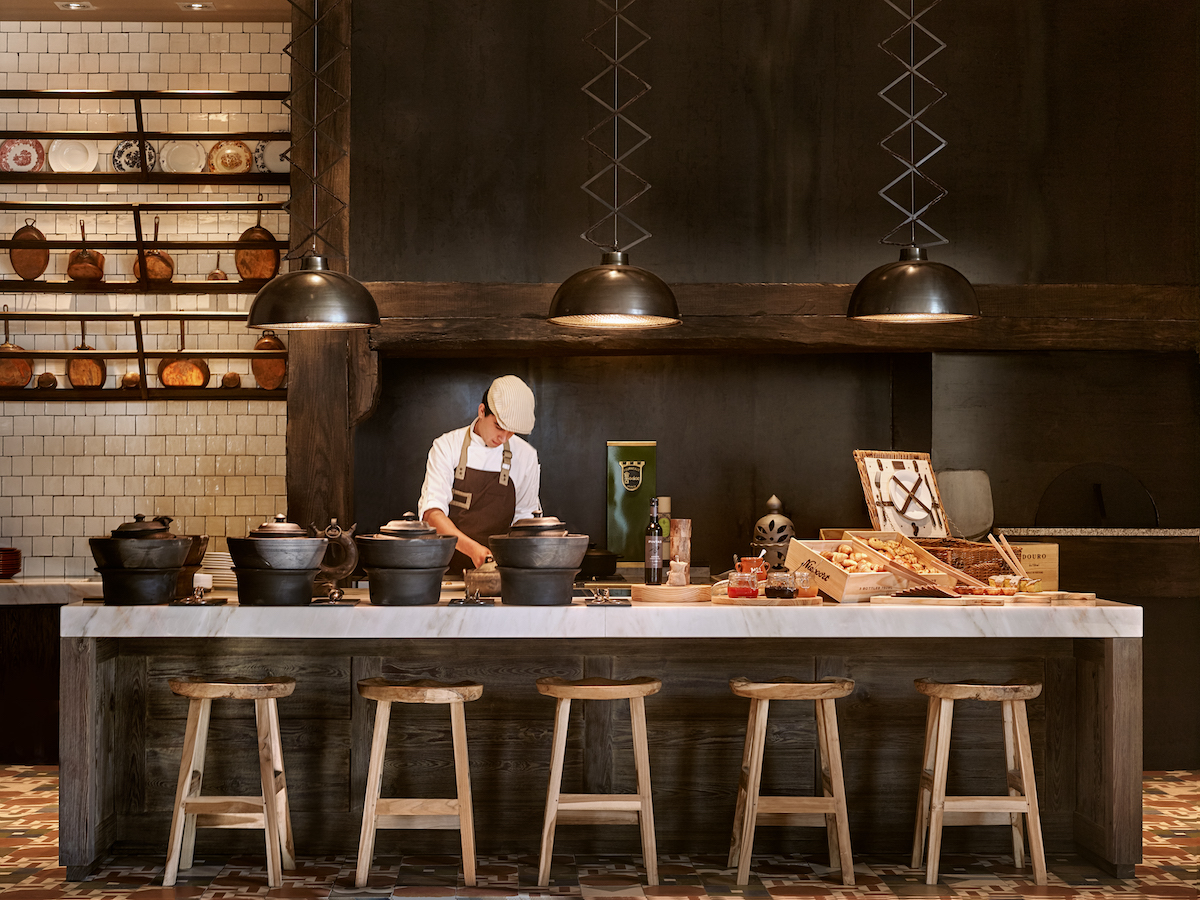
Image credit: Six Senses Hotels & Resorts
The wellness experts worked painstakingly with chefs Marc Lores and Nuno Matos to develop a sensory dining concept that unconventionally emphasised the colours around the stunning Douro Valley property.
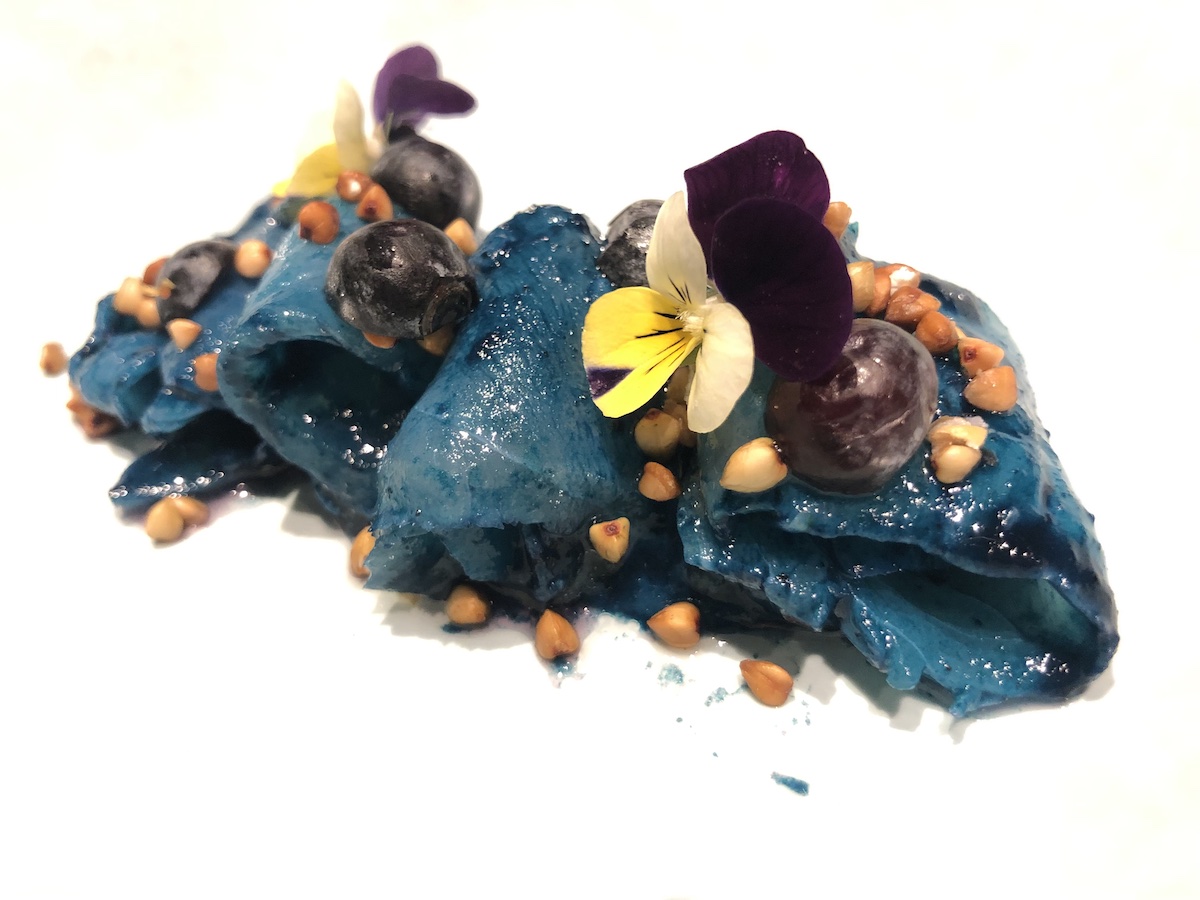
Image credit: mycoocoon
The team selected orange (representing creativity, joy and enthusiasm), green (translating to freedom, balance and nature), cyan (evoking communication, sharing and breathing), purple (reflecting spirituality) and yellow (radiating brightness and consciousness). Together, the courses was presented as a tasting menu, with corresponding wine pairings that enabled guests to enjoy the unique flavours, textures and sounds that cleverly enhanced the overall dining experience.
All around me, guests were interacting over colour and food; convoluting and sharing, together, and not just with each other. Conversations with the staff to understand the ingredients filled the room. “Our deep associations with each colour influence our taste, often creating a sense of synesthesia, which happens when our senses are literally mixed or confused,” explained Peralta. “Unlike other sensory experiences that are felt, Six Senses and mycoocoon’s colour menu presents a future of experiences led by transformative sensory design.”
What made the dining experience one that was uniquely special was not the fact that the meal was delicious and tantalised all senses, but more that the concept – born from enhancing wellness and wellbeing in hospitality – challenged the chefs and sommeliers to create a menu, paired with wine, that authentically represented the colour and its meaning, which unlocked the potential for the operational team to think outwardly when creating unparalleled moments for their guests.
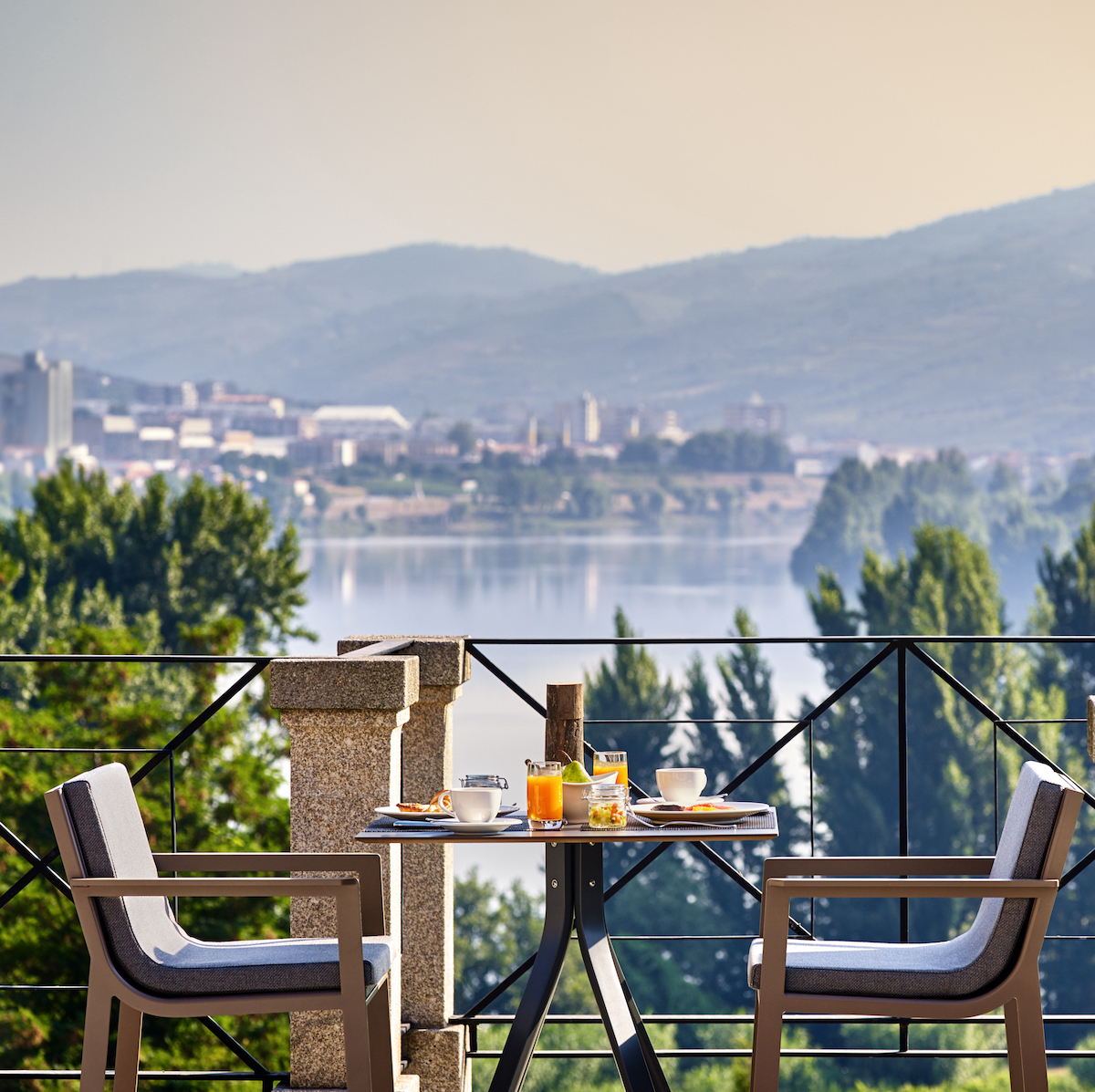
Image credit: Six Senses Hotels & Resorts
As my experience at Six Senses Douro Valley comes to an end, I feel as if I have only just started to digest the potential that the science-led technology that mycoocoon has amplified can have to enrich wellness experiences in the hospitality arena. Technology, to this extent, may not be appropriate for all hotels to harness. However, with the majority of lifestyle and luxury properties trying to enhance deeper and more intuitive connections with wellness, concepts such as chromotherapy could very well help to unlock a new chapter – one that is moving on from experience to now focus on transformation – in hotel design. Although the details may not yet be clear as to what that will look and ‘feel’ like, that era will be written with human behaviour – and guests’ innate wellbeing needs to connect with nature – in mind.
mycoocoon is a technology and wellness collective that leverages sensory science to support behavioural health. The team, which includes Valerie Corcias, Wellness Colour Expert; Mandy Jhamat, Meditation Coach; Riccardo Tuis, Music Composer; Daniel Kersh, Interactive Artist and Ari Peralta, Neuroscience & Sensory Designer have led more than 10,000 micro-interventions using colour memory to reduce negative inner chatter and reset users’ mood.
Main image credit: Six Senses Hotels & Resorts






